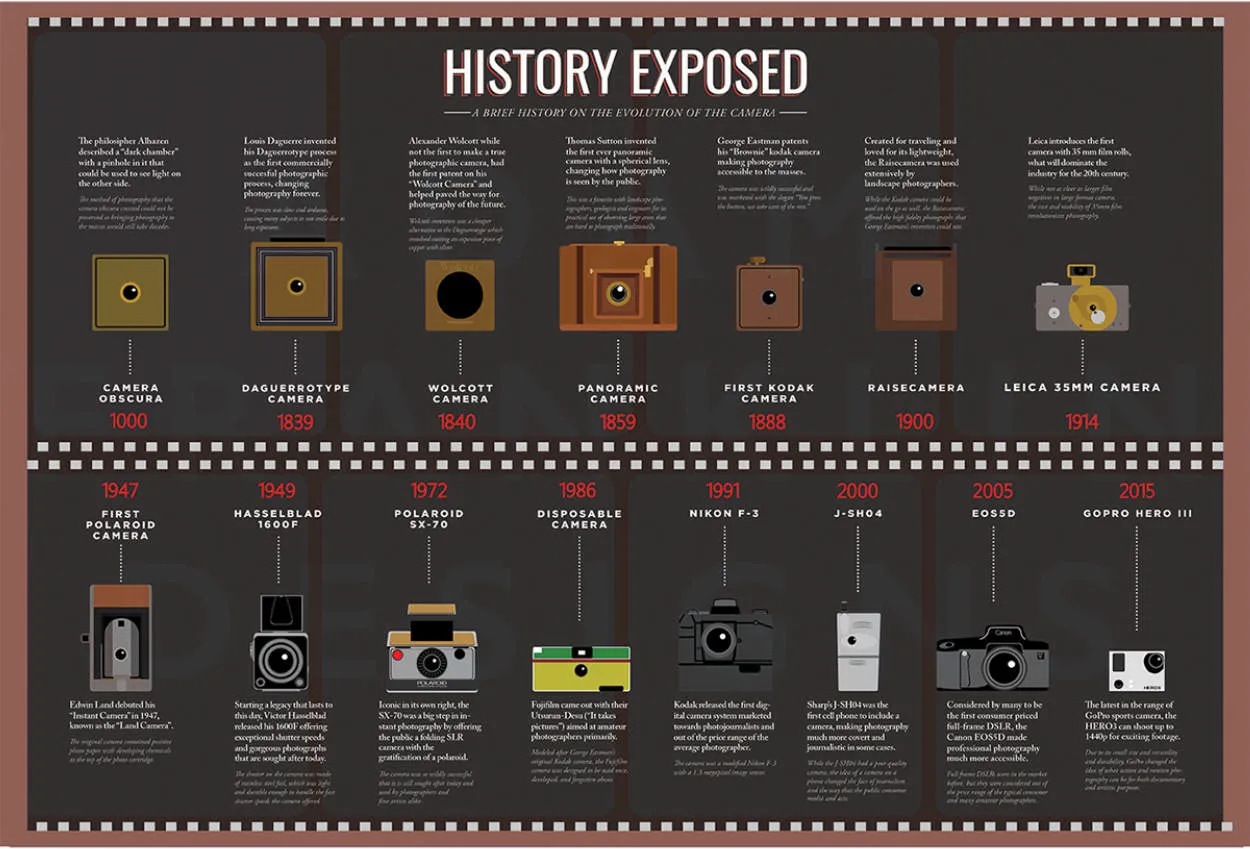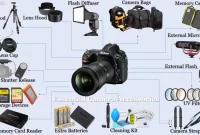The evolution of camera technology has gone leaps and bounds, bringing us new and exciting features. From the advent of digital cameras to the latest developments in smartphone photography, this article explores the cutting-edge advancements that have revolutionized how we capture and cherish moments.
Mirrorless Technology
In recent years, mirrorless technology has taken the photography industry by storm. This revolutionary innovation has completely changed the way we capture images. Unlike traditional DSLR cameras, mirrorless cameras do not require a mirror to reflect the light into an optical viewfinder. Instead, they use an electronic viewfinder or a rear LCD screen to display a real-time image preview.
One of the key advantages of mirrorless technology is its compact size and lightweight design. Without the need for a bulky mirror mechanism, mirrorless cameras are much smaller and more portable than their DSLR counterparts. This makes them ideal for photographers who are always on the go and value convenience.
Additionally, mirrorless cameras offer advanced autofocus systems that utilize phase detection or hybrid autofocus technology. This allows for fast and accurate focusing, especially when capturing moving subjects. Moreover, mirrorless cameras often boast impressive continuous shooting speeds, enabling photographers to capture action shots with precision and ease.
Another notable feature of mirrorless cameras is their ability to record high-quality videos. With advancements in technology, many mirrorless cameras now offer 4K video recording capabilities, allowing filmmakers and videographers to achieve professional-level video production with a compact camera.
Furthermore, mirrorless cameras provide a wide range of lens options, thanks to their interchangeable lens system. Photographers can choose from a variety of lenses to suit different shooting situations, whether it’s wide-angle, telephoto, or macro photography.
As the mirrorless technology continues to evolve rapidly, we can expect even more exciting innovations in the future. From improved image sensors to enhanced image stabilization, mirrorless cameras are poised to push the boundaries of what’s possible in digital photography.
Improved Sensor Technology
In the ever-evolving world of camera technology, one area that has seen significant advancements in recent years is sensor technology. With the constant demand for better image quality and increased performance, camera manufacturers have been focusing on developing and incorporating improved sensor technology into their products.
One of the key advancements in sensor technology is the increase in resolution. Higher resolution sensors allow for more detailed and sharper images, making them ideal for professional photographers and enthusiasts who require utmost clarity in their photographs.
Another important development in sensor technology is the improvement in low-light performance. With better sensitivity to light, newer sensors are capable of capturing clearer images in challenging lighting conditions. This has opened up new possibilities for photographers, particularly in areas such as astrophotography and night photography.
Furthermore, advancements in sensor technology have also led to improvements in dynamic range. Cameras equipped with sensors that offer a wider dynamic range can capture a greater range of tones, from the darkest shadows to the brightest highlights, resulting in more balanced and visually appealing images.
Additionally, new sensor technology has introduced faster readout speeds, allowing for higher frame rates in video recording. This is a significant improvement for professionals and filmmakers who require smooth and high-quality footage.
In conclusion, improved sensor technology has made a tremendous impact on the evolution of camera technology. From higher resolution and better low-light performance to increased dynamic range and faster readout speeds, these advancements have revolutionized the way we capture and create visual content.
Integration with Smart Devices
The evolution of camera technology has brought about exciting advancements, especially when it comes to integration with smart devices. Smartphones, tablets, and other smart devices have become an integral part of our lives, and camera manufacturers have recognized the importance of seamless connectivity between devices.
One of the key features of modern cameras is the ability to connect and transfer images wirelessly to smartphones or tablets. This enables users to instantly share their photos on social media platforms, edit them using various apps, or back them up to the cloud without the need for cables or computer transfers.
Additionally, camera manufacturers have started developing companion apps that allow users to control their cameras remotely. These apps provide a range of features such as adjusting settings, triggering the shutter remotely, and even previewing the shot on the smart device’s screen. This level of control and convenience opens up new creative possibilities for photographers.
Furthermore, many cameras now support direct printing from smart devices. With a simple tap, users can print their favorite shots instantly on compatible printers, allowing for immediate tangible results. This integration bridges the gap between digital and physical photography, catering to those who appreciate the joy of holding a physical print.
Another exciting development is the integration of augmented reality (AR) features into camera apps. By leveraging the power of smart devices, AR overlays can be applied to the camera viewfinder, enhancing the shooting experience. This includes features like real-time filters, virtual objects, and even live information overlays that provide additional context to the scene being captured.
In conclusion, the integration of cameras with smart devices has revolutionized how we capture, share, and interact with our photos. The seamless connectivity, remote control capabilities, instant printing, and augmented reality features have made photography an even more immersive and exciting experience.
Conclusion
The evolution of camera technology has brought about tremendous advancements and exciting features. From the invention of the first camera to the introduction of digital cameras, we have witnessed a remarkable transformation in photography. With the rise of mirrorless cameras, smartphone cameras, and drones, capturing stunning images and videos has become more accessible than ever. The future holds even more promise, with artificial intelligence and augmented reality shaping the next generation of cameras. As we continue to embrace these advancements, the possibilities for creative expression through photography are endless.




